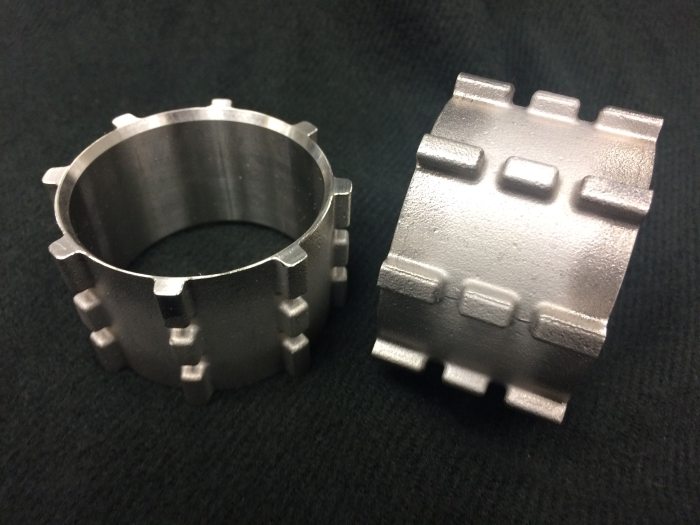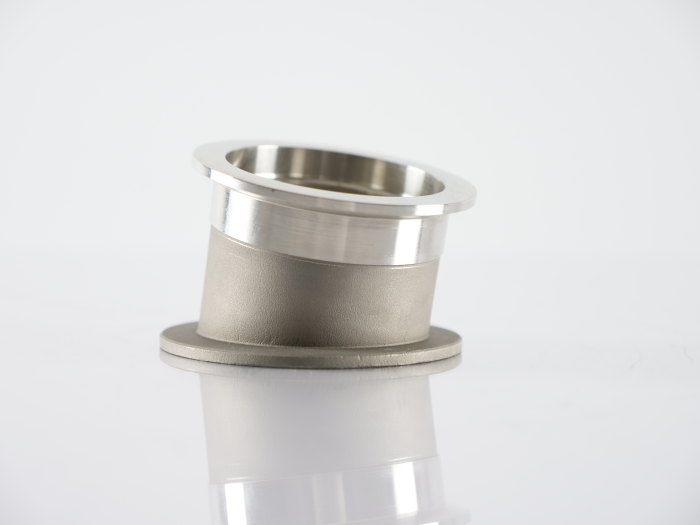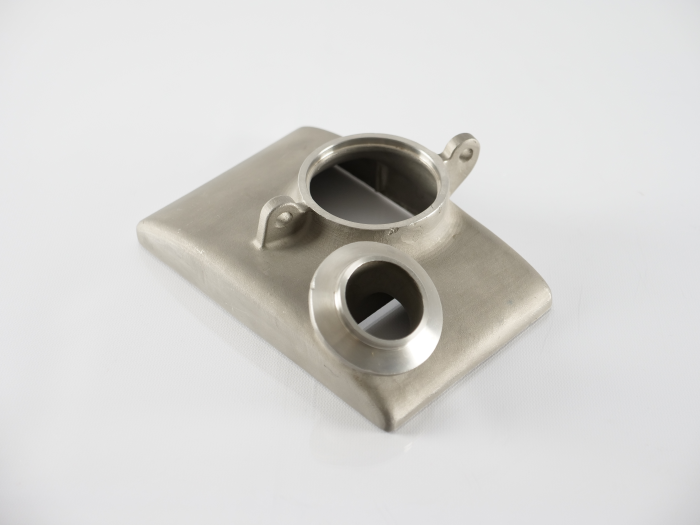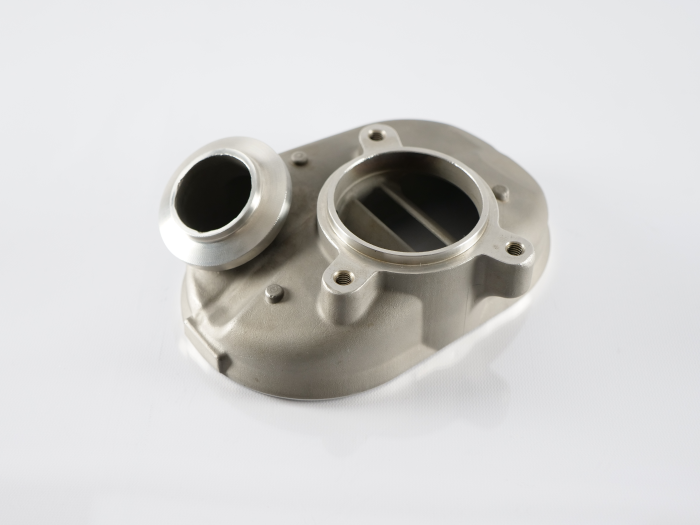304 Stainless Steel for Investment Castings

Barron Industries offers the manufacturing of exceptional 304 stainless steel components, welding, machining, and non-destructive testing capabilities. Although there are over 100 grades of stainless steel available on the market, 304 is considered to be one of the most versatile types of steel, and offers plenty of benefits in the manufacturing of high-strength components for many safety-critical industries and harsh environments.
304 Stainless Steel Properties
The 300 series stainless steels provide a good compromise between hardness, toughness, and weldability, with 304 being the most extensively used. The main alloying elements in 304 stainless are chromium and nickel; chromium contributes to its corrosion resistance, while nickel provides ductility.
304 resists most forms of chemical attacks, has high-temperature strength (up to 800 degrees Fahrenheit/425 degrees Celcius), and resists oxidation scaling up to 1,650 degrees Fahrenheit (899 degrees Celsius). 304 steel is also highly formable and can be easily welded.
Mechanical Properties
| Stainless Steel | Condition | Tensile Strength (PSI) | Yield Strength (PSI) | % Elongation | Hardness Range or Maximum |
| 304 (CF-8) | Solution Anneal | 70,000 to 80,000 | 40,000 to 50,000 | 35 to 50 | 90 Rb |
Composition
| Chromium (18% maximum) | Nickel (8% maximum) | Carbon (0.08% maximum) | Silicon (1% maximum) | Manganese (2% maximum) | Phosphorus (0.045% maximum) | Sulfur (0.030% maximum) |
Advantages of 304 Stainless Steel
Stainless steel, specifically type 304, is very popular in a wide range of situations because it delivers superior strength.
Another advantage of 304 stainless steel is that it is very resistant to corrosion, even without costly secondary plating and coating treatments. This makes it a great option for low-maintenance applications. Its corrosion resistance is also one of the reasons why it’s commonly used in culinary, medical, and other highly corrosive environments. As previously mentioned, type 304 steel is also highly formable and can be easily welded, which makes it a great choice for manufacturing and design engineers.
Lastly, when products are made with 304 stainless steel, they are stronger, more durable, and tend to have exceptional antimicrobial properties.
304 Versus 304L Stainless Steel
The carbon content of 304 stainless has a significant effect on hardness and ductility. 304L is a lower carbon version of 304 with increased toughness and corrosion resistance. The lower carbon content in 304L results in lower hardness and tensile strength and low machinability.
Another benefit of the reduced carbon content in 304L is seen during welding. Carbide precipitation is significantly lower, which improves weldability.
Choose 304L if higher corrosion resistance, ductility, and weldability are needed, and you can accept lower hardness and strength. In all other cases, standard 304 stainless steel is usually the better choice.
Stainless Steel Investment Casting Applications
304 stainless steel is great for many manufacturing, industrial, and aerospace casting applications.
It’s commonly seen in:
- Food Processing Equipment
- General Kitchen Equipment
- Chemical Containers
- Water Filtration Screens
- Sanitary Troughs
Contact Barron Industries Today
Have questions? Barron Industries is ready to help. Founded in 1923, we’re a full-service manufacturer serving clients globally. We specialize in helping clients in the aerospace, defense, automotive, oil and gas, nuclear, medical, and commercial industries. To ensure quality, we’re also AS 9100- and ISO 9001-certified and accredited by Nadcap for non-destructive testing and welding.
If you would like to learn more about 304 stainless steel capabilities, please fill out our online form.
Have any Questions?
Please feel free to contact us. We will get back to you within 1-2 business days. Or just call us now.


